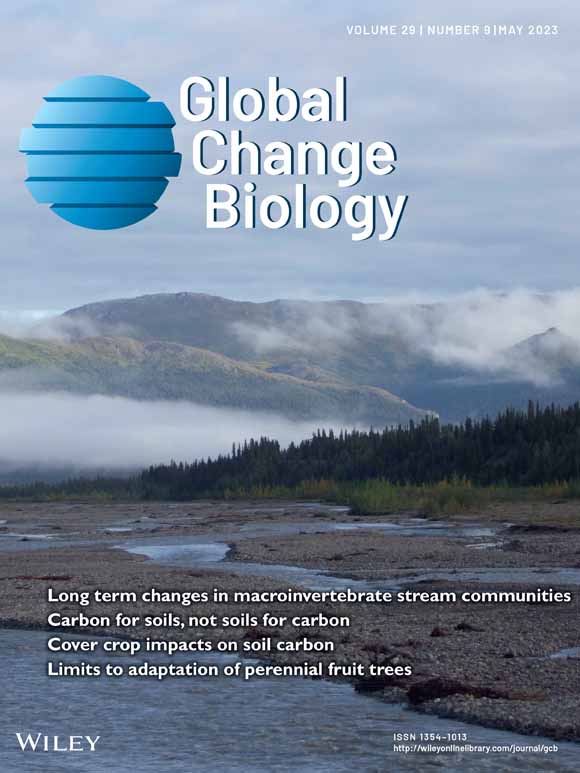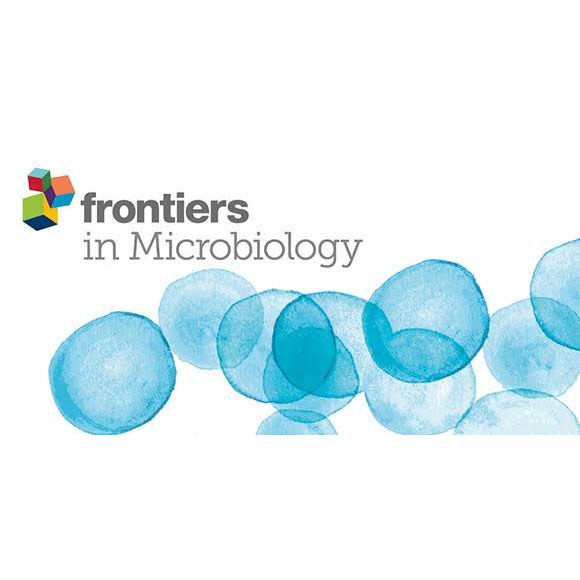Please find all scientific publications of IGB under > scientific publications
For more detailed information please refer to our > library catalogue
321 - 330 of 739 items

August 2024
Frontiers in Astronomy and Space Sciences. - 11(2024), Art. 1422898
Icy ocean worlds - astrobiology research in Germany
Fabian Klenner; Mickael Baqué; Kristina Beblo-Vranesevic; Janine Bönigk; Marc S. Boxberg; Bernd Dachwald; Ilya Digel; Andreas Elsaesser; Clemens Espe; Oliver Funke; Ernst Hauber; Dirk Heinen; Florence Hofmann; Lucía Hortal Sánchez; Nozair Khawaja; Maryse Napoleoni; Ana-Catalina Plesa; Frank Postberg; Autun Purser; Tina Rückriemen-Bez; Susanne Schröder; Dirk Schulze-Makuch; Stephan Ulamec; Jean-Pierre Paul de Vera

August 2024
Journal of Hydrology. - 641(2024), Art. 131804
The pulse of Yarlung Tsangpo River: Ultra-high-resolution insights into the flow and sediment
Ming Luo; Hanwu Zheng; Xufeng Yan; Lu Wang; Xingnian Liu; Pingcuo Danzeng; Qusang Dawa; Weilin Xu; Er Huang

August 2024
Icarus. - 421(2024), 116246
Perchlorates on Mars: Occurrence and implications for putative life on the Red Planet
Piotr Rzymski; Anna Losiak; Jacob Heinz; Marta Szukalska; Ewa Florek; Barbara Poniedziałek; Łukasz Kaczmarek; Dirk Schulze-Makuch

July 2024
Global Change Biology. - 30(2024)8, Art. e17448
Antibiotic resistance genes: A global change factor
Yuyi Yang; Hans-Peter Grossart
July 2024
FEMS Microbiology Ecology. - 100(2024)8, Art. fiae103
Microbial remineralization processes during postspring-bloom with excess phosphate available in the northern Baltic Sea
Mari Vanharanta; Mariano Santoro; Cristian Villena-Alemany; Jonna Piiparina; Kasia Piwosz; Hans-Peter Grossart , Matthias Labrenz; Kristian Spilling
July 2024
Frontiers in Microbiology. - 15(2024), Art. 1428701
Seasonal dynamics of free-living (FL) and particle-attached (PA) bacterial communities in a plateau reservoir
Yang Yang; Chen Chen; Kai Yao; Hans-Peter Grossart
July 2024
Science of the Total Environment. - 931(2024), Art. 172960
Causes of macrophyte mass development and management recommendations
Susanne C. Schneider; Julie A. Coetzee; Elena Fukasawa Galvanese; Sarah Faye Harpenslager; Sabine Hilt; Bart Immerzeel; Jan Köhler; Benjamin Misteli; Samuel N. Motitsoe; Andre A. Padial; Antonella Petruzzella; Anne Schechner; Gabrielle Thiébaut; Kirstine Thiemer; Jan E. Vermaat
In field experiments the authors investigated why mass developments of macrophytes occur and what the consequences of removing them are. The evaluation of different management approaches showed that the "do nothing" option can also be considered when dealing with aquatic plants.

July 2024
Frontiers in Environmental Science. - 12(2024), Art. 1450224
Editorial: Environmental citizen studies in freshwater science
Erin Roger; Janet Anstee; Igor Ogashawara; Hilary Snook

July 2024
Environmental Science & Technology. - 58(2024)29, 12846-12852
Meta-ecosystem Frameworks Can Enhance Control of the Biotic Transport of Microplastics
Ming-Chih Chiu; Sicheng Ao; Chang Ling; Fengzhi He; Qingyi Luo; Zihao Wen; Qinghua Cai; Vincent H. Resh

July 2024
Journal of Hazardous Materials. - 472(2024), Art. 134574
Decoding the molecular concerto: Toxicotranscriptomic evaluation of microplastic and nanoplastic impacts on aquatic organisms
Syed Shabi Ul Hassan Kazmi; Muhammad Tayyab; Paolo Pastorino; Damià Barcelò; Zaher Mundher Yaseen; Hans-Peter Grossart; Zulqarnain Haider Khan; Gang Li




